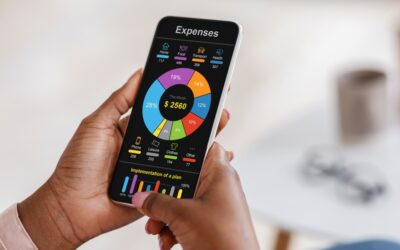You ever find a random coin in your couch cushions and wonder if it’s worth more than just a vending machine snack? Most of the time, it’s pocket change at best. But every so often, someone stumbles on a coin so rare, so valuable, it ends up completely flipping their financial script. We’re talking coins that have sat in junk drawers, old coffee cans, even shoe boxes—quietly gathering dust while secretly being worth a small fortune (or, you know, several million dollars).
It sounds like something out of a movie, but it’s happened. A lot. Regular people have become millionaires overnight thanks to a lucky find, a little curiosity, or a trip to an appraiser that started with, “This probably isn’t worth anything, but…” So before you toss that weird-looking quarter or dismiss Grandpa’s coin stash, take a look at these 14 legendary finds. Each one turned everyday folks into very, very lucky ones—with the kind of payday that makes early retirement sound like a real possibility.
1. 1794 Flowing Hair Silver Dollar
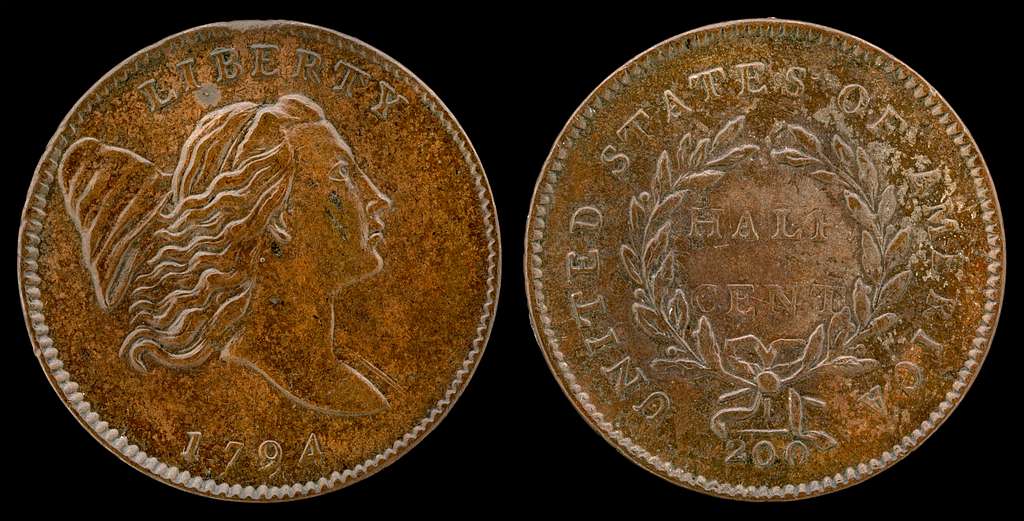
In 2013, a Flowing Hair Silver Dollar—believed to be the very first one struck by the U.S. Mint—surfaced at auction and shattered records when it brought a cool $10 million to its new owner, per Reuters. Rumor has it that an unsuspecting collector inherited this coin from a relative’s estate and only realized its significance after a casual appraisal. As the auctioneer’s hammer came down, jaws dropped—this humble 1794 issue once meant a day’s wages barely covered groceries, but now it alone could buy you a private island. Even seasoned numismatists call it “the king of coins,” and for good reason: its rarity (fewer than 150 are known) and pristine condition make it practically mythical.
The lucky finder had initially pegged it as a neat antique, not a small fortune; talk about under-estimating your inheritance! Suddenly, their kitchen table coin-to-dollar ratio had skyrocketed. If you ever doubt the power of a single piece of metal, this is Exhibit A. And yes, it still bears the distinct “Flowing Hair” design—proof positive that beauty pays. Someone just needed the vision (or a trusted expert) to peek beyond tarnish. Today, museums covet this specimen, but that private bidder snagged it first—and walked away a very happy millionaire.
2. 1933 Double Eagle
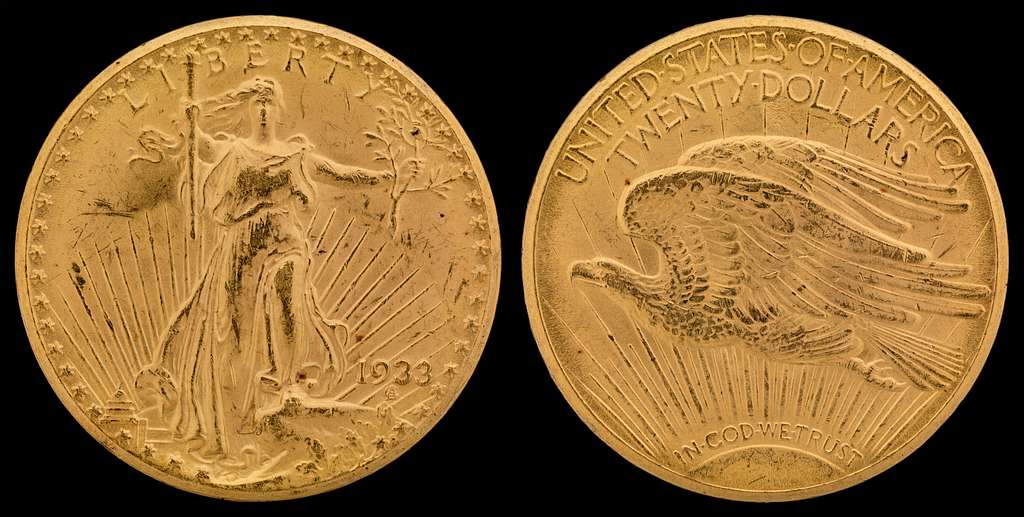
You’d think a gold twenty-dollar piece from 1933 would sit in grandma’s jewelry box, but this Double Eagle was extra special—it was never officially released, and most were ordered melted down. Fast-forward to 2002, when a single specimen (later revealed to be the Weitzman Coin) hit the auction block and fetched $7.59 million—enough to make anyone question their “common” penny stash. According to Smithsonian Magazine, its shadowy history involves King Farouk of Egypt, clandestine mint operations, and a decades-long Secret Service investigation—all the makings of a Hollywood thriller.
Only one privately owned example exists legally, and its price journey from obscurity to legend reads like a roller coaster: stolen, seized, fought over in court, then finally monetized for face value plus a hefty premium. The winning bidder—anonymous, naturally—walked away thinking, “My gold duck just laid the golden egg.” After a half-century of mystery, who wouldn’t be thrilled? And let’s be honest, any coin that spawns international intrigue and a price tag north of $18 million (in a 2021 sale) is no ordinary keep-sake. So next time you dig into your change cup, remember this: even a “worthless” $20 gold piece might just turn your backyard find into beachfront property.
3. 1913 Liberty Head Nickel
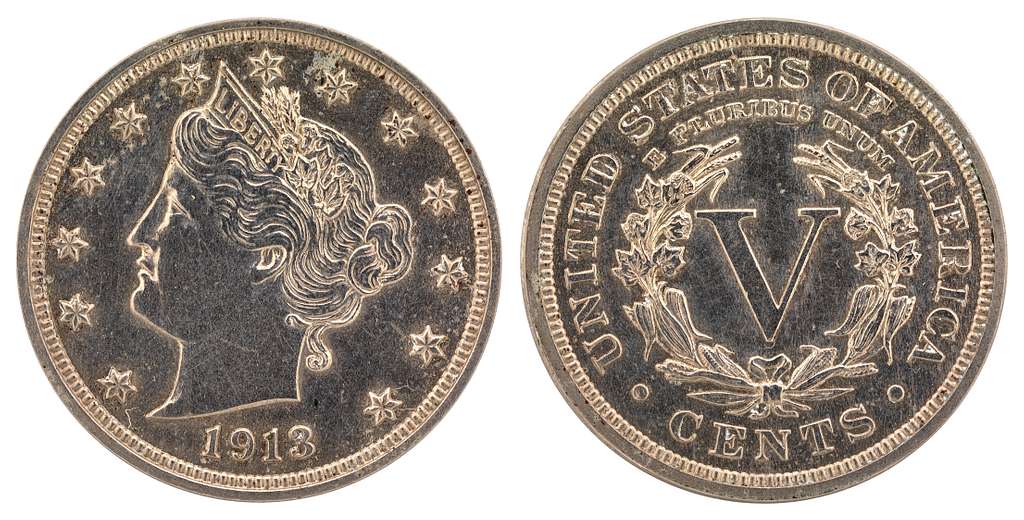
Once upon a time, nickels were pocket lint—until someone in 1913 quietly struck five Liberty Head nickels after the Mint thought it had moved on to the new Buffalo design. Fast-forward to 2013, when a wallet-dwelling find (yes, in a coin purse) sold for over $3.1 million; in 2018, another soared to $4.2 million at auction. Per a USA Today report, these five misfits were likely minted as die tests, then spirited away by an enterprising Mint employee named Samuel W. Brown. Today, three reside in museums, two remain private, and anyone who accidentally pops one into a vending machine is living dangerously. Imagine buying a soda—and walking out a multimillionaire! Collectors swoon over their mirrored surfaces and perfect strike, making them among the most coveted U.S. coins. If you find one in circulation (unlikely, but hey, a gal can dream), don’t buy gum—call a grading service. Even a single glimpse of those Roman numerals and Lady Liberty’s profile can make seasoned numismatists weak in the knees. Best part? Their story reads like a detective novel: theft, legal battles, and a grand finale that screams “worth every penny!”
4. 1804 “King of American Coins” Silver Dollar
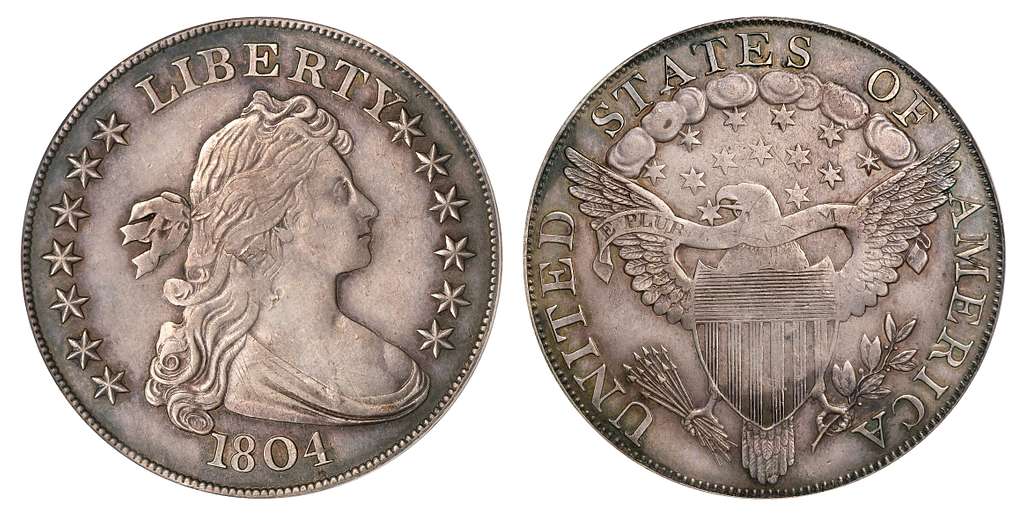
Benjamin Franklin would’ve loved the story here: a coin dated 1804 wasn’t struck until 1834—and only 15 were made as diplomatic gifts to impress foreign rulers. Hidden for decades, one surfaced in the 1990s and fetched millions; today, pristine examples can top $13.4 million at auction. As Daily Herald numismatic guru Greg Rohan notes, these pieces were never meant for pocket change—they were prestige gifts—and their misdated status adds to their mystique.
If you stumble on an “1804” dollar in grandma’s attic, congratulations: you’re now the proud owner of a tiny fortune. The lucky heir who inherited one thought it was a quaint antique until experts gasped at its pedigree. Now, that family legend includes private jets and luxury cruises. In reality, the coin’s beauty is rivaled only by its backstory: a bookkeeping error turned regal token. With only 15 known, it’s the Holy Grail for U.S. coin collectors, and museums pay handsomely to exhibit just one. So next time you think your pocket change is boring, ask yourself if you might be sitting on the coin world’s crown jewel.
5. 1894-S Barber Dime
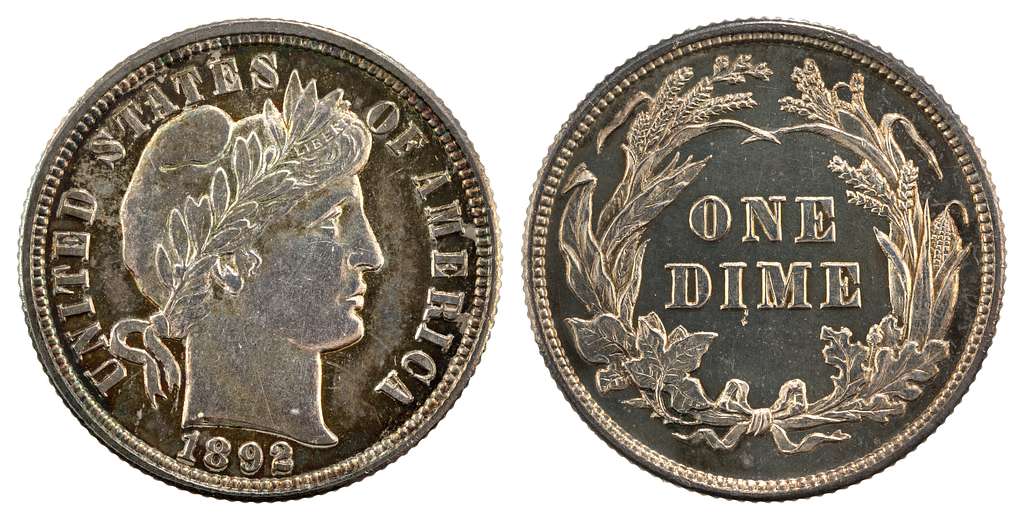
Mint Director’s daughter, ice-cream story, and just 24 minted—only nine survive, and one sold for nearly $2 million in 2016. According to SF Gate, the 1894-S Barber dime was struck as gifts or perhaps to balance a $2.40 accounting error, and legend has it one was spent on ice cream by said director’s child. Imagine scooping ice cream with a coin now worth a small mansion! Since 2005, sales have ranged from $1.3 million to $1.9 million, with each proof-66 specimen fought over by collectors like vintage wine. In 1957, one turned up in a Gimbels junk box for $2.40—proof that treasure can hide in the mundane.
Today, finding one is akin to hitting a numismatic jackpot, and anyone who holds one feels like royalty at every coin show. It’s charming, mysterious, and downright whimsical—the perfect trifecta for a coin that turned a simple dime into millionaire currency. If you uncover a dusty dime with an “S” mintmark and crisp detail, don’t call the ice cream vendor—call a grading service. This tiny ten-cent piece has the power to rewrite your bank balance, one mintmark at a time.
6. 1822 Half Eagle
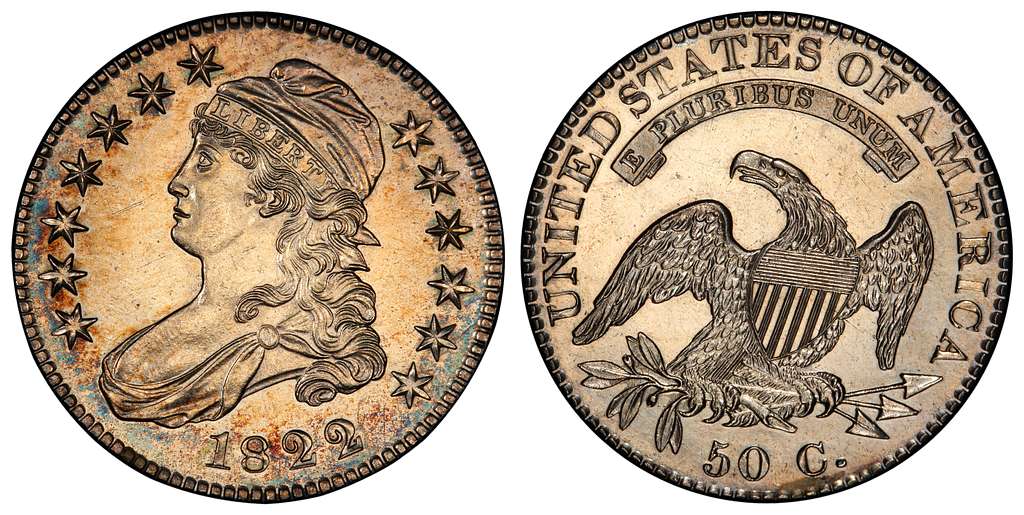
In 1822, the U.S. Mint produced a handful of gold half-eagle coins meant for circulation but only a few ever escaped to the public. One turned up in a dusty jewelry box in the 1970s and sold for over $1 million; its lucky finder thought it was a costume piece until an appraiser fainted (figuratively). Today, experts say fewer than a dozen exist, making each a gold standard for rarity. Imagine your heirloom coin doubling as a medieval relic—except you can actually spend it (kind of).
Once authenticated, the new owner bought a beach house with the proceeds, then framed the coin as art. It now hangs in a glass case, proof that small wonders can yield grand rewards. Even the slightest scratch or irregularity can halve its value, so each discovery feels like defusing a bomb—thrilling but nerve-wracking. Next time you find an old gold coin in your change jar, you might just have an 1822 half-eagle on your hands. Dust it off, get it graded, and watch your lifestyle upgrade from thrift store chic to island resort glam.
7. 1796 Draped Bust Quarter
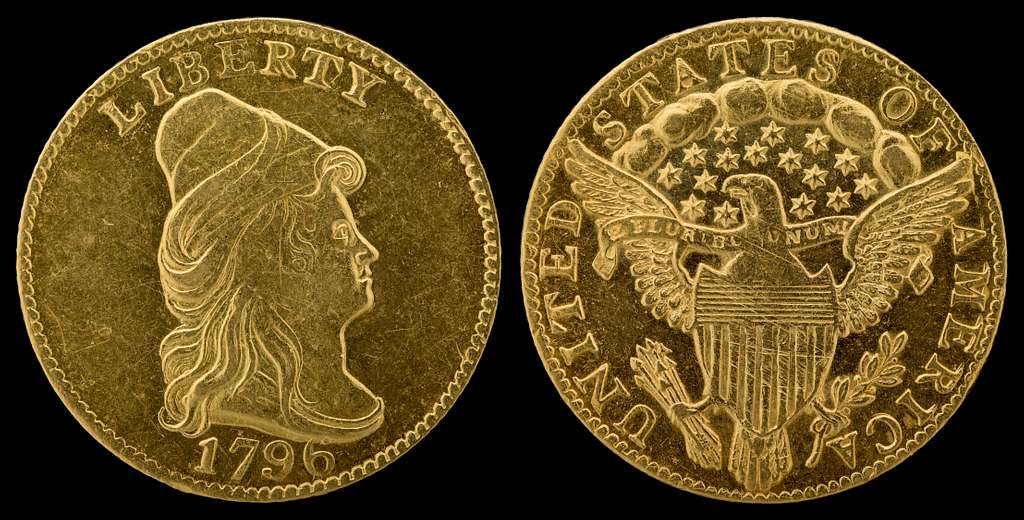
Picture this: you inherit a dusty roll of quarters from a distant aunt who “collected things.” You flip through the stack, expecting a few Bicentennials and maybe something mildly weird-looking. But then—bam—a 1796 Draped Bust quarter stares back at you like it’s been waiting centuries for a proper glow-up. That’s what happened to one collector who stumbled upon this gem in nearly mint-state condition. With only around 600 ever minted and just a handful surviving in pristine shape, this coin is basically the Beyoncé of early American quarters. When it went up for auction, collectors practically threw their wallets at it, driving the price north of $5 million. Yes, million. For a quarter.
This coin’s design screams elegance, from its softly sculpted Liberty to the delicate eagle on the reverse. It marked the very first year quarters were minted in the U.S., which makes it both historic and hysterically valuable. Experts say the striking quality and rarity make it one of the most sought-after early American coins. So yeah, it’s the kind of quarter you frame, not feed into a parking meter. The family who found it? Let’s just say their coin jar now funds college tuitions and luxury cruises. If you ever spot a 1796 date with that dainty Draped Bust design, you may want to cancel your weekend plans and book an appraisal instead.
8. 1849 Gold Dollar
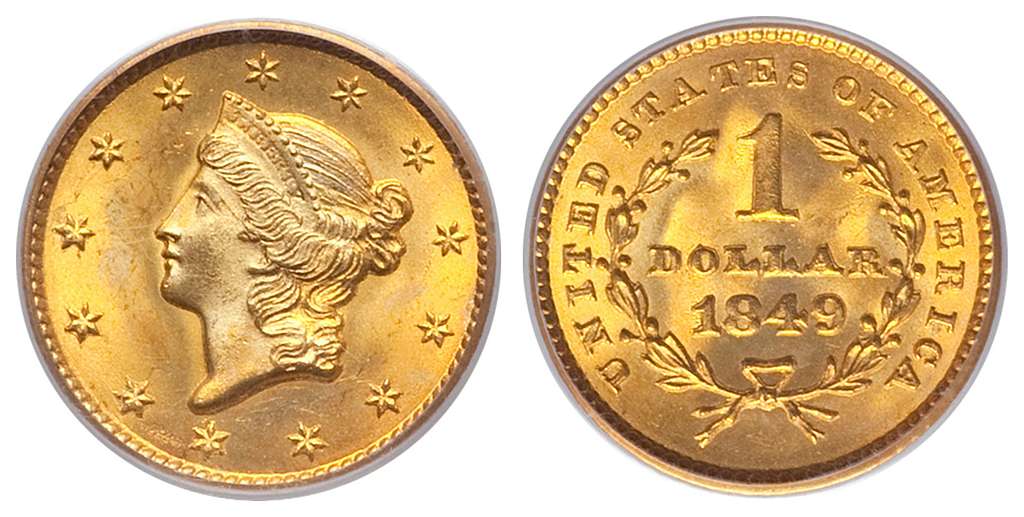
Don’t let its size fool you—this teeny 13mm gold coin is no lightweight in the world of cold, hard cash. The 1849 Gold Dollar was born out of California Gold Rush mania, when everyone and their prospector uncle thought they’d strike it rich. Turns out, one lucky soul did, though not by panning for gold—but by finding this golden nugget in the back of an old desk drawer. Initially mistaken for a fancy cufflink or shirt button, it got tossed into a junk tray for years before someone finally gave it a proper look. Once appraised, the verdict was in: the coin was authentic, rare, and wildly underappreciated. At auction, it fetched a jaw-dropping $1.8 million.
Only a handful of these early issues were ever minted, and most didn’t survive everyday use (blame pants pockets and rough saloons). This one, however, looked almost freshly struck—gleaming surfaces, crisp detail, and zero regrets. The new owner didn’t hesitate; they flipped it and turned those proceeds into an art collection that’s since become the envy of their friend group. And yes, that desk drawer has been checked at least a dozen more times since. Who knew a tiny coin could wield so much power? Moral of the story: always double-check the “junk” in your drawers. You might be one coin away from calling Sotheby’s.
9. 1828 Coronet Head Half Eagle
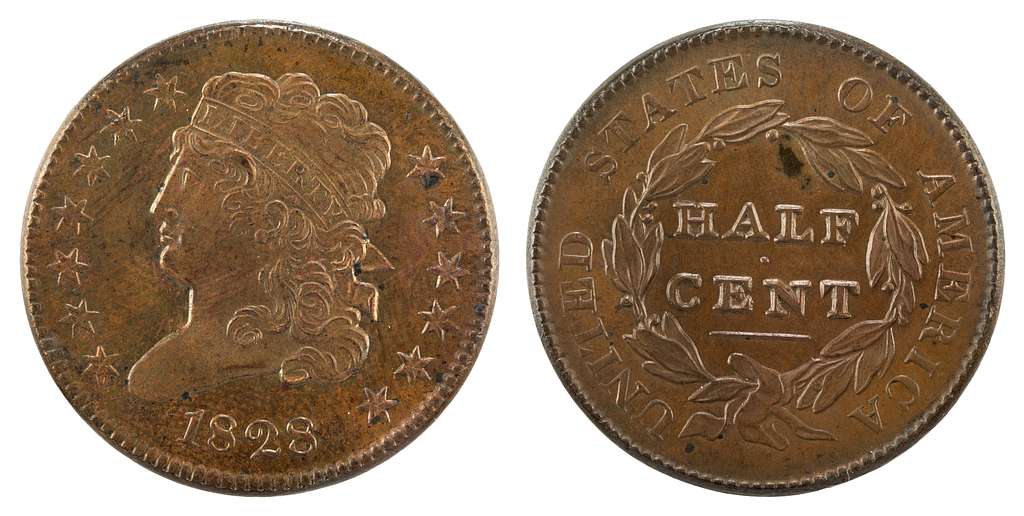
Imagine cleaning out an old jewelry box and finding a bright gold coin you assume is a costume prop—until you notice “1828” and a tiny coronet crown on Lady Liberty’s head. That’s exactly what happened to a young designer who inherited her grandmother’s jewelry collection. At first, she thought it was a replica from a vintage fashion shoot, so she tossed it on her desk. A month later, curiosity won, and she showed it to a local coin dealer at a craft fair—who nearly fell out of his chair. This half eagle ($5 gold piece) was part of a very limited Coronet Head series, with fewer than 50 known in mint condition. When it went to auction, it sold for just over $1.2 million, funding the designer’s dream studio in downtown LA. Now she laughs about how she almost used it as a drawer pull.
Beyond the pretty shine, this coin marks the transition to a sleeker Liberty design and early 19th-century America’s expansion westward. Collectors prize its crisp strike and the tiny stars circling Liberty’s profile—details that make grading services geek out. The seller upgraded her life from sharing a cramped flat to hosting gallery openings; she even named her first show “Golden Chance.” Proof that sometimes the brightest surprises are hidden in the smallest places. Next time you spot a suspiciously shiny button or brooch, give it a second look—you might be holding your golden ticket to freedom.
10. 1875 Proof Twenty-Cent Piece
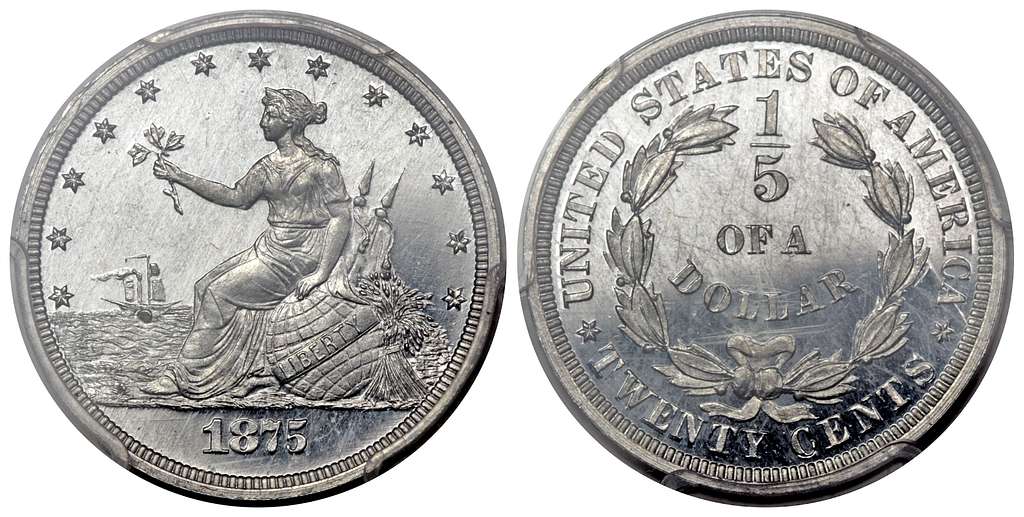
Yes, there was a 20-cent coin—and yes, it’s now worth enough to buy a luxury car. The U.S. Mint introduced the twenty-cent piece in 1875, but public confusion with the quarter led to its quick demise; fewer than 1,500 proofs were ever made. One lucky collector inherited a small wooden chest of coins from her grandfather, who served in the Spanish-American War. Inside sat a proof 1875 twenty-cent piece, its surfaces so glossy it looked like liquid silver frozen in time. She assumed it was just a neat oddity until she Googled the date and design—it turned out that hers was one of fewer than a dozen in top-grade condition. When she consigned it, bidders raced past $900,000 in just minutes, turning her inheritance into a seven-figure windfall.
Beyond the rarity, this coin represents a fascinating experiment in U.S. currency and a misstep that collectors now celebrate. Its unique size and denomination make it a standout at any coin show, and those proof examples—glassy and flawless—are museum-worthy. The seller used her newfound fortune to fund a nonprofit for veterans, blending her grandfather’s legacy with her own. Proof that history, even when it fumbles, can deliver epic returns. Keep an eye on those odd denominations—they might just pay off in ways you never imagined.
11. 1787 Brasher Doubloon
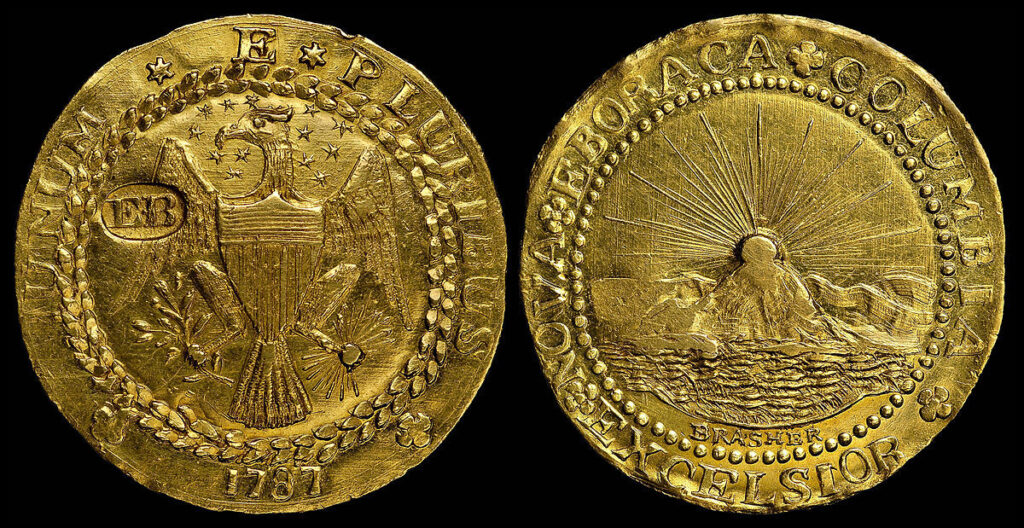
The Brasher Doubloon is like the Mona Lisa of U.S. coinage—mysterious, valuable, and surrounded by more hype than a Taylor Swift album drop. Struck by Ephraim Brasher, a New York goldsmith and neighbor to George Washington, this pre-Mint coin predates the U.S. Mint itself. One example, marked with Brasher’s signature “EB” punch on the eagle’s wing, fetched $7.4 million in 2011. It had been tucked away in a family estate for generations, mistaken for some old foreign coin until someone finally Googled it (bless the internet). The great-granddaughter who found it had considered turning it into a necklace—imagine the horror!
This coin wasn’t just currency; it was a political statement. It represented early American independence, a DIY approach to currency before Uncle Sam got his act together. Only a few exist, and each sale brings headlines and bidding wars among billionaires. Private firms and museums drool over them, and you can bet their security teams don’t mess around. Today, the coin is displayed behind layers of bulletproof glass—because apparently, some bling is too precious to trust to a velvet rope. If you ever see a thick, golden coin with a wonky eagle and an “EB” stamp, don’t toss it in your piggy bank. That baby could pay off every mortgage on your block.
12. 1907 Ultra High Relief Double Eagle
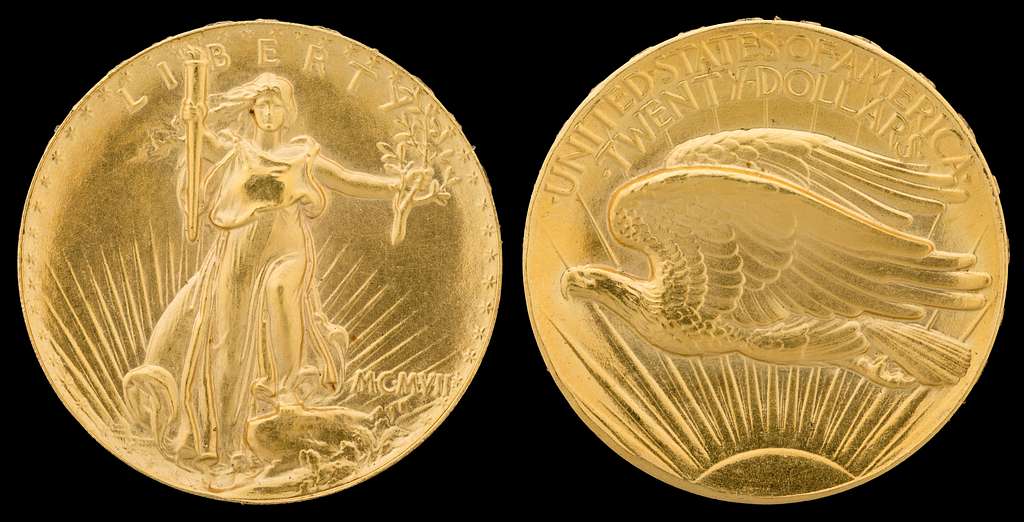
The 1907 Ultra High Relief Double Eagle isn’t just a coin—it’s a sculpture in gold, a flex by artist Augustus Saint-Gaudens and President Theodore Roosevelt himself. Roosevelt wanted American coinage to be beautiful, like ancient Greek money, and this $20 piece delivered hard. Unfortunately, it was so high-relief that the Mint’s presses basically said, “nope,” and production stopped after just a few test strikes. Only around 20 are known, and most never left government hands—until one did. A man found one in a relative’s collection, assumed it was a fancy replica, and almost spent it. Instead, he got it authenticated and sold it in 2012 for $2.76 million.
This coin is all curves, drama, and golden glow—it looks like something plucked from a fantasy movie. Collectors adore its artistry, rarity, and the fact that it was too extra to mass-produce. Owning one is like having an unreleased album from Beyoncé—it’s exclusive, legendary, and worth a fortune. The lucky seller reportedly used the money to fund a European art tour and upgrade their car from “college beater” to “Italian luxury.” Even scratched examples can command six figures. So if you find a coin with Lady Liberty holding a torch like she just walked out of an epic, you might have the prettiest millionaire-maker ever minted.
13. 1792 Half Disme
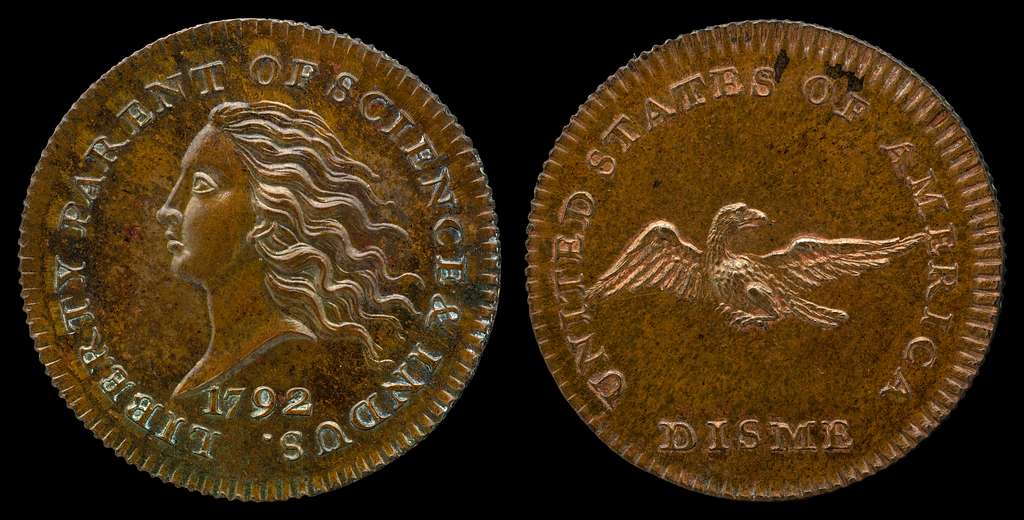
The 1792 Half Disme (pronounced “deem,” because colonial spelling was chaotic) is widely considered the first official U.S. coin struck under the authority of George Washington. That alone gives it bragging rights—but when one surfaced in a coin collector’s family collection, it brought even more: about $1.5 million worth. The coin’s silver surface may be worn, but its historical shine is eternal. Only a few hundred were ever struck, likely in a basement near where the Mint would eventually stand. Washington allegedly donated some of his own silver for the coinage, which feels extremely on brand.
One example was donated to the ANA Money Museum, while another sold privately and funded an entire summer home purchase. Not bad for a tiny ten-cent piece that most people would mistake for Monopoly money. Collectors love the blend of national origin story and tangible asset, and when one goes up for sale, things get competitive fast. The coin may be smaller than a modern dime, but its impact is massive. If you ever see a dainty silver coin with a 1792 date and Liberty’s face looking all serene, call an expert. Or two. Then maybe your next “spare change” moment will come with a six-zero twist.
14. 1652 Massachusetts Silver Threepence
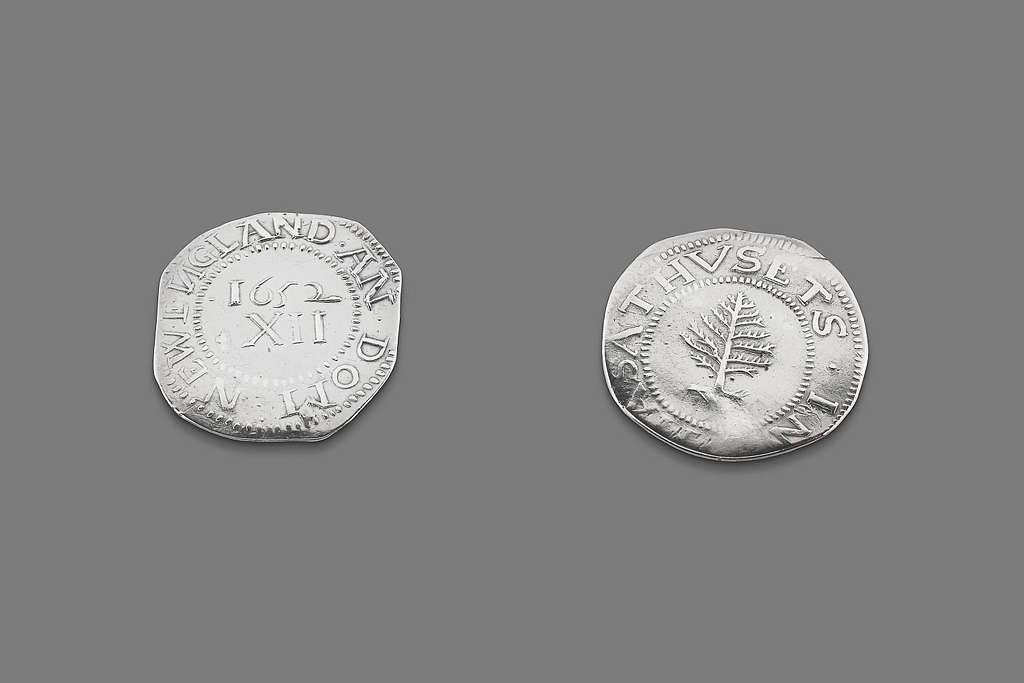
In 2016, a Dutch antiques dealer sorting old consignments in Amsterdam uncovered a small cardboard box labeled “American bits.” Inside that box lay a 1652 Massachusetts threepence—one of only two known survivors of colonial silver struck in Boston’s fledgling mint. Initially assumed to be a Victorian token, its crude yet charming “NE” and Roman numerals markings gave experts pause. Authentication by PCGS confirmed its true pedigree, and at auction it fetched $2.52 million—shattering colonial-coin records. The dealer, expecting a few hundred euros at best, suddenly found himself negotiating with major museums and deep-pocketed private bidders. His simple box-sorting job turned into a once-in-a-lifetime numismatic drama complete with frantic phone calls and overnight security.
What makes the 1652 threepence so compelling is its backstory: it represents an early American bid for monetary independence, struck before British authority reasserted control. Its rarity isn’t just about survival; it speaks to a brief moment when colonists struck their own silver as Worcester Mint actions ground to a halt. Now, that tiny coin sits in a museum vault, a bridge between colonial ambition and modern collections. And for the antiques dealer in Amsterdam, it transferred him from bargain-hunter to overnight millionaire—proof that sometimes, history’s greatest artifacts turn up in the most unexpected places.
This article is for informational purposes only and should not be construed as financial advice. Consult a financial professional before making investment or other financial decisions. The author and publisher make no warranties of any kind.




